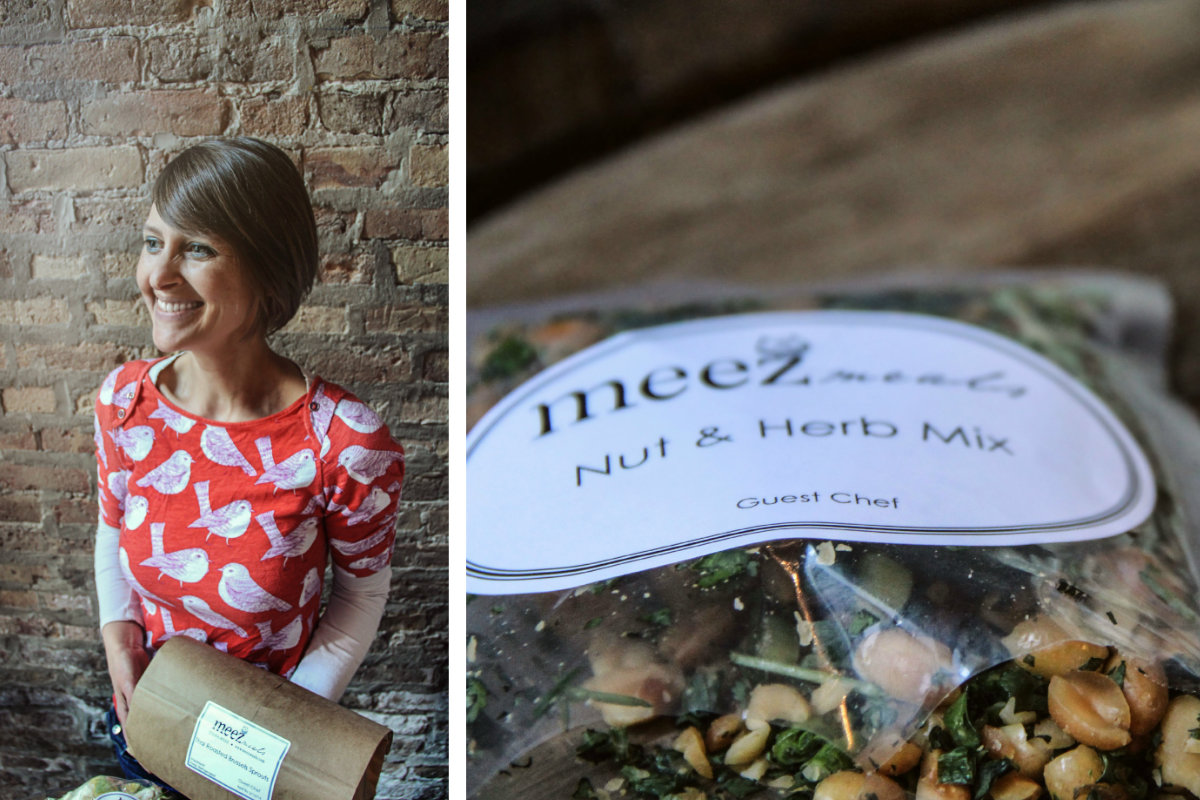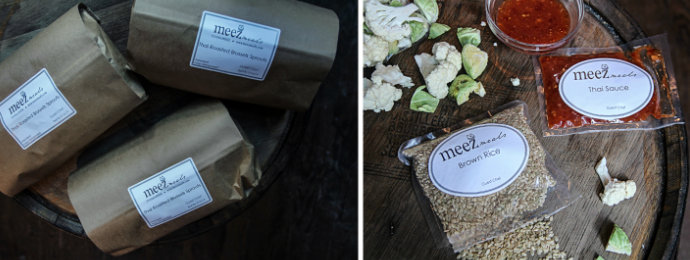“Meal kits started ‘sevenish’ years ago,” said Meagan Nelson, associate director of the fresh growth and strategy team with Chicago-based Nielsen when addressing attendees of the Annual Meat Conference on March 4 in Dallas. “They solved a need state.”
She explained that home cooks no longer need to worry about being out of an ingredient once they started preparing a recipe. This assurance, along with the overall convenience factor, have fueled the growth of meal kits through both home delivery and retail.
The appeal of meal kits continues to grow, with current users having increased expectations in terms of quality, variety and convenience. Successful players in the category will be those that differentiate and provide value.
“It is important to delight shoppers’ taste buds with these kits,” Nelson said.
Providing shelf life is also important. Whether delivered or purchased at the store, the home cook does not always plan to use the products immediately. A few days of shelf life in the home refrigerator is valued.
Uwe Voss, chief operating officer, HelloFresh, Newark, New Jersey, said the home-delivery leader averages a shelf life of two weeks on its meals after the point of manufacture. To keep subscribers’ taste buds entertained, the company also develops about 50 new recipes each week.
“There’s a real challenge with perfectly portioned meats for kits,” said Ashli Blumenfeld, owner and president, Standard Meat Co., Dallas, a company that specializes in customized portion-control cuts of meat and poultry.
She told conference attendees that in addition to cutting the same size and shape of meats, sometimes the color is a little off in portion packs because of the extra exposure during the cutting process. Advanced technologies assist the manual labor with precision in fixed-weight portions.

Who purchases meal kits?
The Nielsen Homescan Panel Custom Survey, conducted between Oct. 22 to Nov. 12, 2018, showed 12 percent of US consumers purchased a meal kit in the past six months, representing 14.3 million households. Further, 23 percent of all consumers said they would consider trying a meal kit in the next six months.
Both online and in-store meal kit sales are growing, but there was a big jump with in-store sales from 2017 to 2018, explained Nelson. When compared to data from the previous year, in-store meal kit users accounted for nearly 60 percent of category growth. Meat processors need to understand the meal kit landscape to ensure that meat is part of the dish.
“In-store growth of full, true meal kits was about $93 million in 2018, a 51 percent increase from the previous year,” Nelson said. “Meat is a critical component of meal kits. Eighty-seven percent of in-store meal kits have meat. More than half (52 percent) contain beef, while 17 percent contain pork and 16 percent chicken. The most growth is coming with chicken.”
Survey data shows that 74 percent of users are satisfied with the packaging for the fresh meat in these kits and 61 percent are satisfied with the kits containing regular mainstream meat, versus organic. Respondents (55 percent) generally feel that meal kits are healthier than prepared food from a restaurant and 43 percent believe they are healthier than prepared food purchased as a grocery store. Healthful recipes are very important to shoppers, according to more than three-fourths (76 percent) of respondents.
“Seventy two percent of meal kit users say that these kits enable them to try new recipes as well as allows them to try different ethnic foods,” Nelson said.
Currently, four-out-of-five meal kits feature an American-style recipe. Asian recipes have about 8 percent share of sales, followed by Mexican/Latin (6 percent) then Italian (5 percent). The most growth has been with Italian and Asian recipes.

Local convenience
Locally produced, yet still home delivered, is a niche business in some larger cities. Chicago-based Meez Meals, for example, is a culinary concept that allows local consumers to rediscover home cooking by delivering prepared and ready-to-cook ingredients for creative and healthy meals. Sauces are prepared and packaged. Vegetables come pre-chopped.
The company’s name was coined from the French phrase “mise en place,” which means having the prep work taken care of before it’s time to cook. At the heart of Meez Meals’ business model is the idea that preparing a home-cooked meal without the hassle of buying and chopping ingredients returns cooking to a place of gratifying satisfaction.
“The concept of Meez came about when I realized that people love the idea of cooking dinner from scratch, but too often, life gets in the way,” says Jen Moore, founder. “Our focus is on providing balanced meals packed with vegetables, with the right amount of protein, carbohydrates and fat to make them filling and delicious. Many traditional recipes use carbohydrates to make diners full. Instead, we use lots of veggies, and then just enough whole grains and protein to be satisfying.”
Meez Meals introduces new recipes each week, so members avoid getting into a dinnertime rut. The recipes stray away from spaghetti-and-meatballs standards and instead introduce members to inventive recipes, such as green curry chicken with broccoli (pictured).
“Every recipe option offers a ‘health snapshot’ with details on calorie intake and comes with ‘lighten up’ tips to prepare the recipe for under 500 calories per serving,” Moore says.



